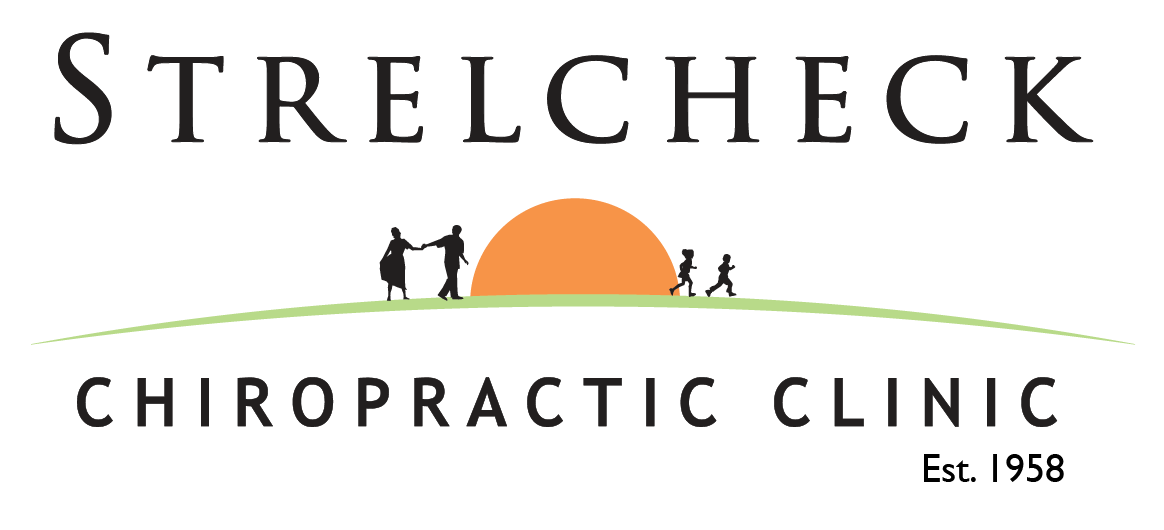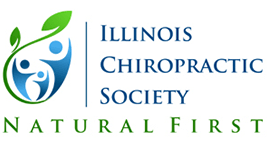A diagnosis of ADHD can be devastating news.However, it is the first step on the road to a new life of possibilities for the individual diagnosed and the lives of their family members.
Attention-deficit hyperactivity disorder (ADHD) occurs when a difference in the biochemical balance of the brain results in three main characteristics: inattention, hyperactivity, and impulsivity. ADHD can range from mild to severe and can significantly impact many dimensions of a person’s life. About half those who have ADHD also have a learning disorder and/or a behavior disorder or other health impairments such as Autism, Asperger’s, Dyslexia or Sensory Integration.
While studies show that one in 12 people have ADHD, it can be challenging to diagnose. And it’s no small wonder. An expanded look at the symptoms of ADHD includes tics, tremors, organizational issues, shouting out, depression, balance or postural problems, eating disorders, insomnia, difficulty reading, writing, memory, unusual sensitivity to touch, movement, light or sound are all within the scope of symptoms of those with ADHD.
Myth Versus Fact
Myth: “There’s no such thing as ADHD — it’s willful behavior.”Fact: The medical community has confirmed that ADHD is indeed a genetic condition. Ongoing research is focused on finding the genes that cause ADHD. Levels of dopamine, a neurotransmitter (chemicals that carry signals between nerves), that controls learning, mood and attention, are lower in those diagnosed with ADHD.
Myth: “ADHD is from eating too much sugar.”
Fact: Although some believe that foods with sugar and certain food additives make children more hyperactive, they haven’t been shown to cause ADHD.
Myth: “You’ll grow out of it. All kids are like that.”
Fact: Eighty percent of patients have ADHD features in adolescence, and up to 65 percent maintain them in adulthood.
What’s the Solution?
Doctors of chiropractic offer a non-drug and non-invasive treatment to help ADHD patients, one that targets the underlying problems, not just symptoms. Patients have shared a long list of strategies they’ve tried to help them cope with ADHD symptoms. It seems that there isn’t a “one size fits all” solution to help manage the day-to-day struggles. However, many patients have reported that their chiropractic treatments have helped them improve concentration, reduce anxiety, improve mood and enable a good night’s sleep.
Other natural strategies to help include meditation, regular cardiovascular exercise, yoga, reducing or eliminating gluten and dairy, incorporating omega fatty acids and more dietary protein and behavior modification tactics such as the regular use of a smartphone calendar with audible reminders.
There are also a number of prescription medications that can help ADHD patients, however they also come with some significant side effects such as loss of appetite, sleeplessness, headaches, excessive thirst and more.
How does Chiropractic help ADHD sufferers?
Chiropractic neurologists have found success in treating ADHD by providing the necessary brain stimulation that help reduces the biochemical imbalances that cause ADHD. In addition, chiropractors study the central nervous system more than any other profession. They know that when there is any form of nerve interference in the body, some part of the body is affected. They also know that nerve interference can be the direct result of head or neck trauma that causes the spine to become misaligned. When the spine becomes misaligned, the nerves that exit the spine in the area of the misalignment often are affected. They may be pinched or pressed, affecting vital communication between the brain and the affected body part.
Chiropractors remove this nerve interference by adjusting the spine and freeing up the affected nerves so that they can perform the communication function between the brain and the body.
If you or your loved one is diagnosed with ADHD ask your doctor of chiropractic if he or she has experience and training to treat patients with the condition.











